Wine Spotlight: A South African Symphony – Pinotage Elegance
A South African Symphony – Pinotage Elegance

Appearance:
South African Pinotage graces the glass with a captivating deep ruby red hue, hinting at the rich character within. Its clarity and vibrancy suggest a wine that is both youthful and inviting.
Aroma:
Upon the first swirl, the nose is greeted by a delightful medley of red and dark fruit aromas. Juicy plum and ripe cherry take center stage, accompanied by a subtle hint of raspberry. Layers of spiciness unfold, with a touch of smokiness and a hint of chocolate. The aromatic profile is both inviting and complex, setting the stage for an intriguing tasting experience. (yeast suggestion: RC-212, D254, D80, and BM4X4)
Palate:
The palate echoes the promises made by the aroma, delivering a well-orchestrated performance of fruit and spice. Ripe blackberry and red cherry flavors dance on the taste buds, complemented by a nuanced layer of plum. The wine exhibits a smooth, medium-bodied texture, with soft tannins providing a gentle structure. A touch of oak (French oak, medium toast) adds depth without overshadowing the varietal’s inherent characteristics.
Flavor Profile:
South African Pinotage exemplifies the distinctive qualities of the grape and the terroir of their wine country. The fruit-forward nature is complemented by a subtle earthiness and a trace of cedar. There’s a delightful balance between the vibrant fruit expression and the savory elements, creating a harmonious and thoroughly enjoyable flavor profile.
Pairing Suggestions:
South African Pinotage is a versatile companion at the table. Pair it with grilled lamb chops, mushroom risotto, or even a smoky barbecue for a delightful experience. Its approachable nature makes it equally enjoyable on its own, making it a fantastic choice for casual gatherings or more formal occasions.
Overall:
South African Pinotage is a testament to the grape’s adaptability and the winemaker’s skill. It strikes a perfect balance between fruit-forward exuberance and the complexities that make Pinotage unique. The wine is expressive, inviting, and showcases the essence of South African winemaking.
Interested in making South African Pinotage? Give us a call at 877-812-1137 to speak to a winemaking representative about your order. Cheers!
Wine Spotlight: Bold Elegance – South African Shiraz Unveiled
Interested in making South African Shiraz? Give us a call at 877-812-1137 to speak to a winemaking representative about your order.
Appearance:
In the glass, South African Shiraz commands attention with its deep, inky purple color. The richness of its hue hints at the robust character that awaits.
Aroma:
Upon the first swirl, the nose is greeted by an enticing bouquet of dark fruits and subtle spices. Blackberry and ripe plum take center stage, accompanied by a hint of black pepper and a touch of smoky oak (either French or American oak, medium toast). The aromatic profile is bold and inviting, setting the stage for the complex layers to unfold. (yeast suggestions: BDX, D80, D254)
Palate:
As the wine graces the palate, it delivers a symphony of flavors that reflect the warmth and intensity of the South African sun. Black cherry and blueberry dance alongside notes of dark chocolate and a subtle hint of vanilla from careful oak aging (either French or American oak, medium toast). The wine’s full-bodied nature is complemented by velvety tannins that add a luxurious texture, creating a well-balanced and deeply satisfying experience.
Flavor Profile:
South African Shiraz is a showcase of the varietal’s bold and expressive character. The dark fruit flavors are complemented by a savory undercurrent, with a touch of black pepper adding a hint of spice. The integration of oak is seamless, contributing to the wine’s complexity without overpowering its vibrant fruit profile.
Pairing Suggestions:
A robust Shiraz is a natural companion to hearty dishes. Pair it with a juicy grilled steak, lamb stew, or a rich, meaty pasta for a perfect match. Its bold flavors and well-structured tannins also make it an excellent candidate for aging, allowing the wine to evolve and develop further complexity over time.
Overall:
South African Shiraz is a testament to the region’s ability to produce wines of depth and character. It balances power with finesse, showcasing the winemaker’s artistry in capturing the essence of the grape and the terroir. It’s a wine that invites contemplation and celebration.
Interested in making South African Shiraz? Give us a call at 877-812-1137 to speak to a winemaking representative about your order. Cheers!
Spring is Almost Here! Chilean Grapes & Juices + South African Juices Available For Purchase
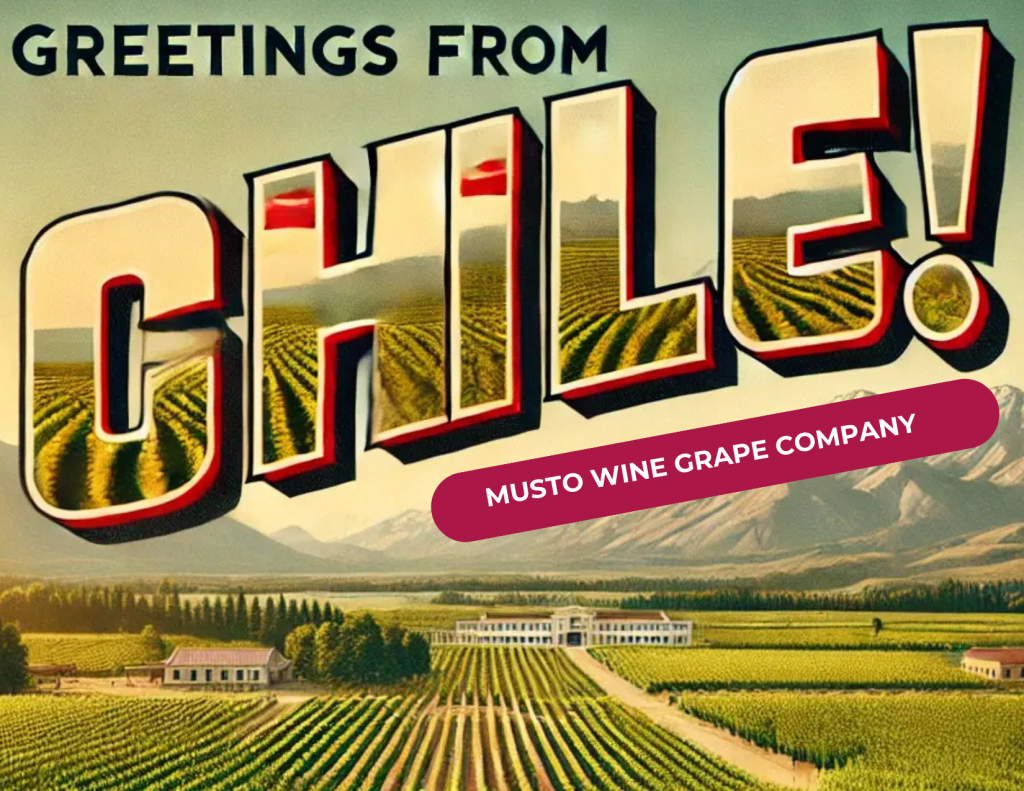
Hey Winemakers,
Spring harvest is officially in motion, and we’ve got premium Chilean grapes, Chilean juices, and South African juices ready for order! If you’re looking to craft something special this season, now’s the time to secure what you need before we sell out.
This Spring’s Offerings:
Chilean Grapes & Juices – Fresh, high-quality fruit and juices for bold, structured wines
South African Juices – Unique flavors and exceptional quality, perfect for trying something different
Seamless Pickup & Delivery – Our logistical network ensures you get the freshest product, hassle-free
Orders are first-come, first-served, and things are moving fast! Let us know what you need, and we’ll take care of the rest.
Looking forward to another great season—let’s make some wine!
- From Chile:
- Grapes Varieties: Carmenere, Cabernet Sauvignon, Cabernet Franc, Malbec, Merlot, Pinot Noir, Syrah, and Sauvignon Blanc
- Juice Varieties: Carmenere, Cabernet Sauvignon, Cabernet Franc, Cabernet/Merlot Blend, Malbec, Merlot, Petite Verdot, Pinot Noir, Syrah, Chardonnay, Pinot Grigio, Sauvignon Blanc, and Viognier.
- Fresco Juice Varieties: Cabernet Sauvignon, Carmenere, Malbec, Merlot, Chardonnay, Chardonnay-Semillon, Sauvignon Blanc, Viognier
- From South Africa:
- Juice Varieties: Shiraz, Merlot, Pinotage, Cabernet Sauvignon, Semillon, Chardonnay, Pinot Grigio, Chenin Blanc, Sauvignon Blanc
- Fresco Juice Varieties: Cabernet Sauvignon, Pinotage, Shiraz, Sauvignon Blanc
Winemaking Resources to Support Your Craft
At Musto Wine Grape Co., we know that great wine starts with the right tools and knowledge. That’s why we offer everything you need to make the most of your spring winemaking season:
- Educational Videos: Learn step-by-step techniques with our in-depth winemaking courses at WinemakingInstructions.com.
- Equipment and Supplies: From fermenters to presses, we have everything you need to get started or upgrade your setup.
- Consulting Services: Our experienced winemakers are available year-round to answer questions and guide you through the process.
Contact Us to Get Started!
Sincerely,
The Musto Crush Crew
📞 Phone: 860-278-7703
📧 Email: sales@juicegrape.com
🌐 Website: www.juicegrape.com
Cheers to a successful spring winemaking season! 🍇🍷
Spring Into Winemaking: Discover Musto Wine Grape Co.’s Spring Offerings

Spring Into Winemaking: Discover Musto Wine Grape Co.’s Spring Offerings
As the days grow warmer and the promise of spring approaches, it’s time for winemakers to prepare for an exciting new season of crafting exceptional wines. At Musto Wine Grape Co., we’re thrilled to bring you our spring lineup of premium grapes, juices, and winemaking resources to help you create your next masterpiece. Whether you’re a seasoned winemaker or just starting your journey, our spring offerings are here to inspire and support your passion.
Chilean Grapes and Juices: The Best of the Southern Hemisphere
Spring marks the arrival of our highly anticipated Chilean grapes and juices. Known for their exceptional quality and bold flavors, Chilean products offer winemakers a unique opportunity to craft wines with depth, character, and global appeal.
Why Choose Chilean Grapes and Juices?
- Premium Varieties: Chilean products deliver versatility and quality, from rich reds like Cabernet Sauvignon and Carménère to vibrant whites like Sauvignon Blanc and Chardonnay.
- Ideal Terroir: Grown in Chile’s renowned valleys, these grapes benefit from the country’s perfect climate and fertile soils, producing wines with unparalleled flavor.
- Freshness Guaranteed: Our Chilean grapes and juices are handled carefully to maintain their freshness and quality during transport.
- From Chile:
- Grapes Varieties: Carmenere, Cabernet Sauvignon, Cabernet Franc, Malbec, Merlot, Pinot Noir, Syrah, and Sauvignon Blanc
- Juice Varieties: Carmenere, Cabernet Sauvignon, Cabernet Franc, Cabernet/Merlot Blend, Malbec, Merlot, Petite Verdot, Pinot Noir, Syrah, Chardonnay, Pinot Grigio, Sauvignon Blanc, and Viognier.
- Fresco Juice Varieties: Cabernet Sauvignon, Carmenere, Malbec, Merlot, Chardonnay, Chardonnay-Semillon, Sauvignon Blanc, Viognier
South African Juices: A Taste of Innovation
We’re also excited to offer premium juices from South Africa, a wine region celebrated for its dynamic and distinctive wines. Spring winemaking with South African juices allows you to explore bold reds like Pinotage or crisp whites like Chenin Blanc.
Why South African Juices?
- Unique Varietals: South Africa’s diverse terroir and rich winemaking history bring a fresh perspective to your cellar.
- Sustainability Focus: Many South African vineyards prioritize eco-friendly practices, ensuring high-quality and ethically produced wines.
- From South Africa:
- Juice Varieties: Shiraz, Merlot, Pinotage, Cabernet Sauvignon, Semillon, Chardonnay, Pinot Grigio, Chenin Blanc, Sauvignon Blanc
- Fresco Juice Varieties: Cabernet Sauvignon, Pinotage, Shiraz, Sauvignon Blanc
Sterile Juices: Year-Round Convenience
Not quite ready for fresh grapes? Our sterile juices are the perfect option for winemakers looking for convenience without compromising quality. These juices are available year-round, allowing you to make wine on your schedule.
Top Benefits of Sterile Juices:
- Consistent Quality: Sterile juices provide reliable results, making them perfect for beginners and experienced winemakers.
- Wide Range of Varietals: Explore options like Zinfandel, Merlot, Riesling, and more.
- Easy to Use: No crushing or destemming required—just ferment and enjoy!
Winemaking Resources to Support Your Craft
At Musto Wine Grape Co., we know that great wine starts with the right tools and knowledge. That’s why we offer everything you need to make the most of your spring winemaking season:
- Educational Videos: Learn step-by-step techniques with our in-depth winemaking courses at WinemakingInstructions.com.
- Equipment and Supplies: From fermenters to presses, we have everything you need to get started or upgrade your setup.
- Consulting Services: Our experienced winemakers are available year-round to answer questions and guide you through the process.
Get Ready for Spring Winemaking
Spring is a time for new beginnings, and there’s no better way to celebrate the season than by crafting your wine. Musto Wine Grape Co. has you covered if you’re looking to try a new varietal, experiment with blending, or restock your cellar.
Don’t wait—our Chilean grapes, South African juices, and sterile juice options are in high demand and won’t last long. Reserve your order today and get ready to create wines as vibrant and memorable as the season itself.
Contact Us to Get Started
📞 Phone: 860-278-7703
📧 Email: sales@juicegrape.com
🌐 Website: www.juicegrape.com
Cheers to a successful spring winemaking season! 🍇🍷
About Us
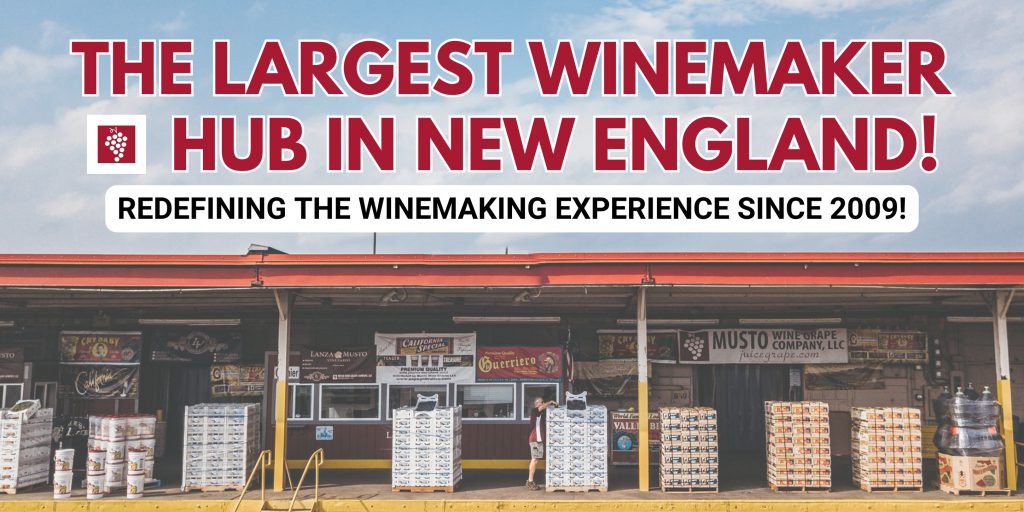
As a privately-owned, family-run business, Musto Wine Grape Company is driven by a shared passion for wine and the art of winemaking. We cater to every segment of the market, offering a comprehensive range of wine grape products, equipment, supplies, education, and logistics.
We have a *LONG* history of providing premium wine grapes and juices to Connecticut and locations across the region. Since 2009, we have expanded our reach to service home winemakers, wineries, breweries, distilleries, cideries, and homebrew shops. With locations on both the East Coast and West Coast, we offer sourcing and logistics of grapes, juice, and winemaking products to clientele across the U.S.
We are proud to offer the latest selection of premium grapes sourced from some of the most prestigious growing regions in California. Our relationships with esteemed growers, including the Lanza family, allow us to provide top-tier grapes from Suisun Valley—recently named one of the top 5 wine regions in the U.S. This collaboration highlights our commitment to bringing you the highest quality products, ensuring that your winemaking process starts with the best raw materials available.
When you partner with us, you’ll immediately notice our commitment to exceptional customer service and top-quality products delivered with full transparency. We know that our success is directly tied to helping you achieve your goals and supporting your growth. We also understand that you have options, which is why we strive to be a trusted partner in your success, regardless of whether you’re running a commercial operation or crafting a small batch at home.
Like you, we’re deeply passionate about winemaking. Our team here is eager to collaborate with you, no matter the size of your project.
If you have any questions or inquiries, please email us at sales@juicegrape.com. We look forward to working with you!
“How do I know if my Malolactic Fermentation is complete?”
One of the biggest questions we get from winemakers in the wintertime is:
“How do I know if my Malolactic Fermentation is complete?”
There are several ways to check if MLF (aka Malo) has finished in your wines. Here’s your guide to cracking the case:
The Paper Chromatography Mystery
What’s happening: You’re playing chemist, spotting malic acid on the paper like a pro.
How to do it:
- Grab a chromatography kit (your detective tools).
- Drop a little wine onto special paper, alongside controls for malic, lactic, and tartaric acids.
- Let the solvent (your magical reveal potion) do its thing for 24 hours.
Look for clues: If the malic acid spot has vanished, your wine’s MLF journey is complete!
Why it’s fun: It’s like wine CSI! Who doesn’t love some science with their sip?
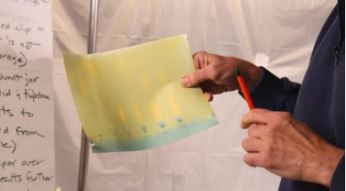
The pH & TA Detective Work
What’s happening: Malolactic fermentation is altering the wine’s balance.
How to do it:
- Monitor the pH and titratable acidity (TA).
- A slight rise in pH and a drop in TA could mean malolactic microbes are working their magic.
Why it’s fun: You’re charting your wine’s story as it evolves—geeky, but deeply satisfying.
Side Note: This is a great tool to pair with the chromatography test or to help decide when to send your wine out for MLF testing. It’s always better to have a concrete answer that Malo has finished—otherwise, you could end up with bottles popping their corks come June!
Enzymatic Testing: The Smart Tech Sleuth
What’s happening: You’re going high-tech, directly measuring how much malic acid is left.
How to do it:
- Use a malic acid test kit and follow the instructions. The test will tell you quantitatively how much malic acid is still hanging around.
Why it’s fun: Precision tools make you feel like a winemaking scientist extraordinaire.
Pro Tip: We highly recommend the Sentia Unit or Vinmetrica Units for these types of tests.
Lab Work: The Professional Investigator
What’s happening: You hand off the mystery to the experts.
How to do it:
- Send a wine sample to a professional lab to get the full malic acid report.
- MWG offers Malo Testing for just $10.00 per test!
Why it’s fun: It’s like getting a report card for your wine—but hopefully, it’s all good news!
Taste Test: The Flavor Detective
What’s happening: Your palate is the tool here!
How to do it:
- Taste your wine and pay attention to the acidity. If it’s gone from tart to creamy, your malic acid may have transformed into silky lactic goodness.
Why it’s fun: You get to taste-test your wine a lot. It’s the tastiest part of winemaking!
Pro Tip: Cover Your Bases
Even if you’re convinced MLF is done, it’s a good idea to confirm with chromatography or a malic acid test. No one wants a surprise fermentation later!
Would you like help picking your detective method?
Call Musto Wine Grape at 877-812-1137 with any questions. And don’t forget to check out videos at www.WinemakingInstructions.com for more in-depth winemaking tips!
MORE Malo Articles to Explore:
A Guide to Malolactic Fermentation
Fresh Winemaking Grapes and Juices Are Arriving for Pick Up This Weekend!
Dear Winemakers,
Imagine spending time with your loved ones, picking grapes, crushing them together, and watching the magic of fermentation unfold. It’s more than just a process; it’s a shared experience that brings families together.
Each step of the process—from picking the grapes to pressing and fermenting—creates an opportunity for family members to come together, share stories, and pass down knowledge. It’s a hands-on journey where the past meets the present, with everyone contributing to the creation of something meaningful.
In a world that’s constantly changing, winemaking keeps us grounded in tradition, reminding us of the values and hard work that our ancestors held dear. It’s a chance to teach the next generation the art and patience of winemaking, ensuring the craft continues to flourish.
And in the end, when you open a bottle of wine you’ve made together, it’s not just the wine you’re tasting—it’s the memories, the laughter, and the bonds that were built along the way.
Tell us in an email- where did you learn about winemaking? Is this a tradition in your family? We would love to know!
Arrival Updates:
We’re excited to announce that our premium winemaking grapes and juices are arriving daily! This is the perfect time to secure the best selections for your next batch of wine.
Whether you’re a seasoned winemaker or just starting out, we have a wide variety of grapes and juices to suit every preference. From the rich and robust to the light and fruity, there’s something for everyone.
Don’t wait—our supplies are limited and in high demand. Call us today at 877-812-1137 to place your order and ensure you get the freshest products available.
____________________________________________________________________________________________
Grapes and Juices In Stock NOW:
*All grapes are from Central Valley and Lodi*
- Red Grapes:
- Alicante
- Barbera
- Cabernet Sauvignon
- Carignane
- Grenache
- Merlot
- Petite Sirah
- Petite Verdot
- Pinot Noir
- Ruby Cabernet
- Sangiovese
- Syrah
- Tempranillo
- Teroldego
- Zinfandel
- Old Vine Zinfandel
- White Grapes:
- Black Muscat
- Chardonnay
- Fiano
- French Colombard
- Muscat
- Pinot Grigio
- Thompson Seedless
- Vermentino
- Viognier
California Juices: ALL VARIETIES
Arriving the week of September 16th:
We’re excited to announce that the first round of Lanza Vineyards grapes will soon be arriving, including Chardonnay, Sauvignon Blanc, Malbec, Merlot, Barbera, and a limited amount of Sangiovese. Mettler Ranch will be sending their Cabernet, Grenache, Merlot, Pinot Noir, and Sangiovese, while Costamagna will provide their prized Old Vine Primitivo.
Please call ahead to schedule pick-up for these grapes, as most of them are already allocated. Additional grapes will be arriving from Central Valley and Lodi daily.
____________________________________________________________________________________________
Brix Levels:
Cry Baby Barbera: 24 Brix
Lucerne Barbera: 25.25 Brix
Catarina Barbera: 26 Brix
Catarina Old Vine Zin: 25 Brix
____________________________________________________________________________________________
Fall Season UPDATED Hours:
- Monday – Friday: 8:00 AM – 5:00 PM
- Saturday: 7:00 AM – 12:00 PM
- Sunday: 7:00 AM – 12:00 AM
____________________________________________________________________________________________
Need Winemaking Assistance?
Our expert winemakers are here to help you every step of the way. Whether you’re just getting started or looking to refine your skills, our year-round team is ready to answer all your winemaking questions. Interested in learning more? Check out our Online Winemaker’s Bootcamp and other courses at WinemakingInstructions.com.
Last Call for Winemaker’s In-Person Bootcamp!
Only 1 spot left—don’t miss your chance to join! Email cmusto@juicegrape.com for more details and secure your spot today.
____________________________________________________________________________________________
Cheers to a successful harvest season!
Best Regards,
The Musto Crush Crew
877-812-1137
Wine Spotlight: Zesty Elegance – South African Sauvignon Blanc Brilliance
Interested in making South African Sauvignon Blanc? Give us a call at 877-812-1137 to speak to a winemaking representative about your order. Cheers!
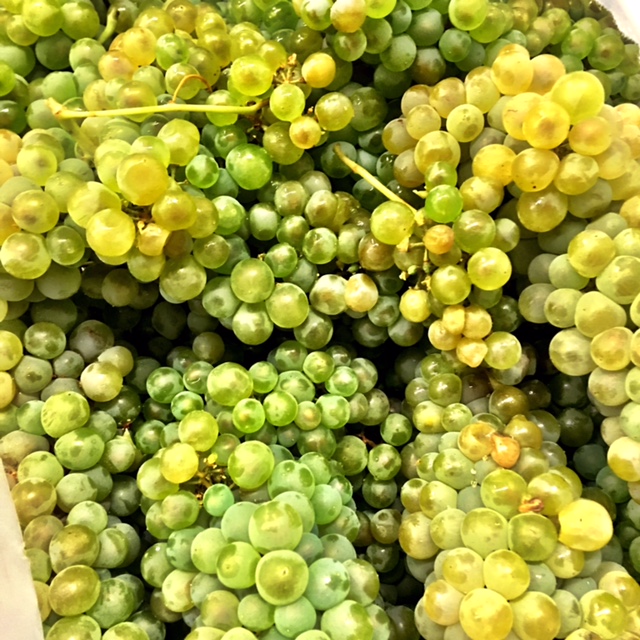
Appearance:
In the glass, South African Sauvignon Blanc presents a pale straw color with a hint of green, reflecting its youthful and vibrant nature. Its clarity and brilliance invite anticipation for the refreshing experience that lies ahead.
Aroma:
A symphony of citrus and tropical fruit aromas greets the nose, revealing the varietal’s signature characteristics. Notes of zesty lime, ripe grapefruit, and a touch of passion fruit dance harmoniously, creating an enticing bouquet. The aroma is clean, bright, and promises a burst of freshness with each sip. (yeast suggestion: R2, 71B, QA23, VIN13)
Palate:
As the wine touches the palate, it delivers a burst of invigorating flavors. Crisp green apple and lively pineapple take center stage, accompanied by hints of freshly cut grass and a subtle herbal undertone. The wine’s vibrant acidity adds a refreshing zing, creating a palate-cleansing sensation that lingers into a clean, lingering finish.
Flavor Profile:
This Sauvignon Blanc is a true expression of South Africa’s wine region terroir. The fruit-forward profile is complemented by a minerality that adds depth and complexity. The judicious use of stainless steel and glass in winemaking allows the purity of the fruit to shine, resulting in a wine that is both lively and elegant.
Pairing Suggestions:
The bright acidity and crispness of this Sauvignon Blanc make it an ideal companion for a variety of dishes. Pair it with fresh seafood, goat cheese salads, or herb-infused chicken for a delightful culinary experience. Alternatively, enjoy it on its own as a refreshing aperitif on a warm day.
Overall Impression:
South African Sauvignon Blanc is a testament to the region’s ability to craft wines that balance freshness and flavor. It captures the essence of the grape with precision, offering a sensory journey that captures the spirit of South Africa.








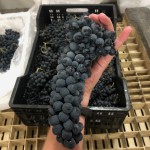


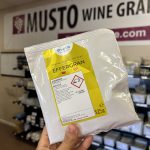
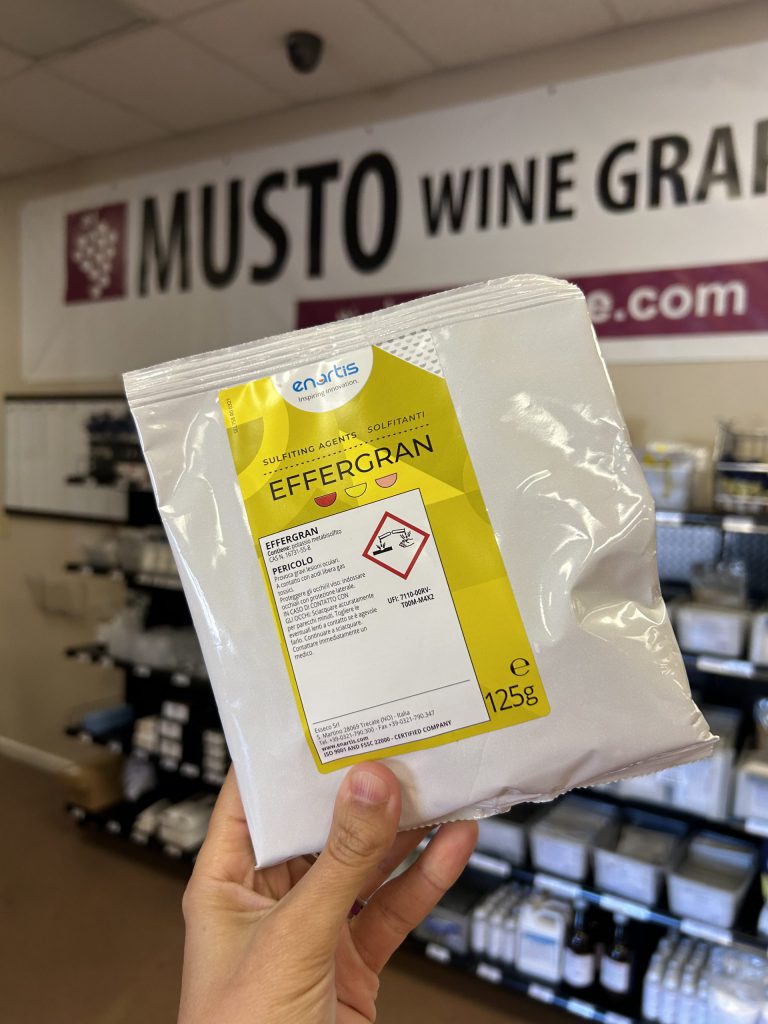
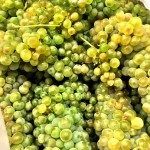
Recent Comments